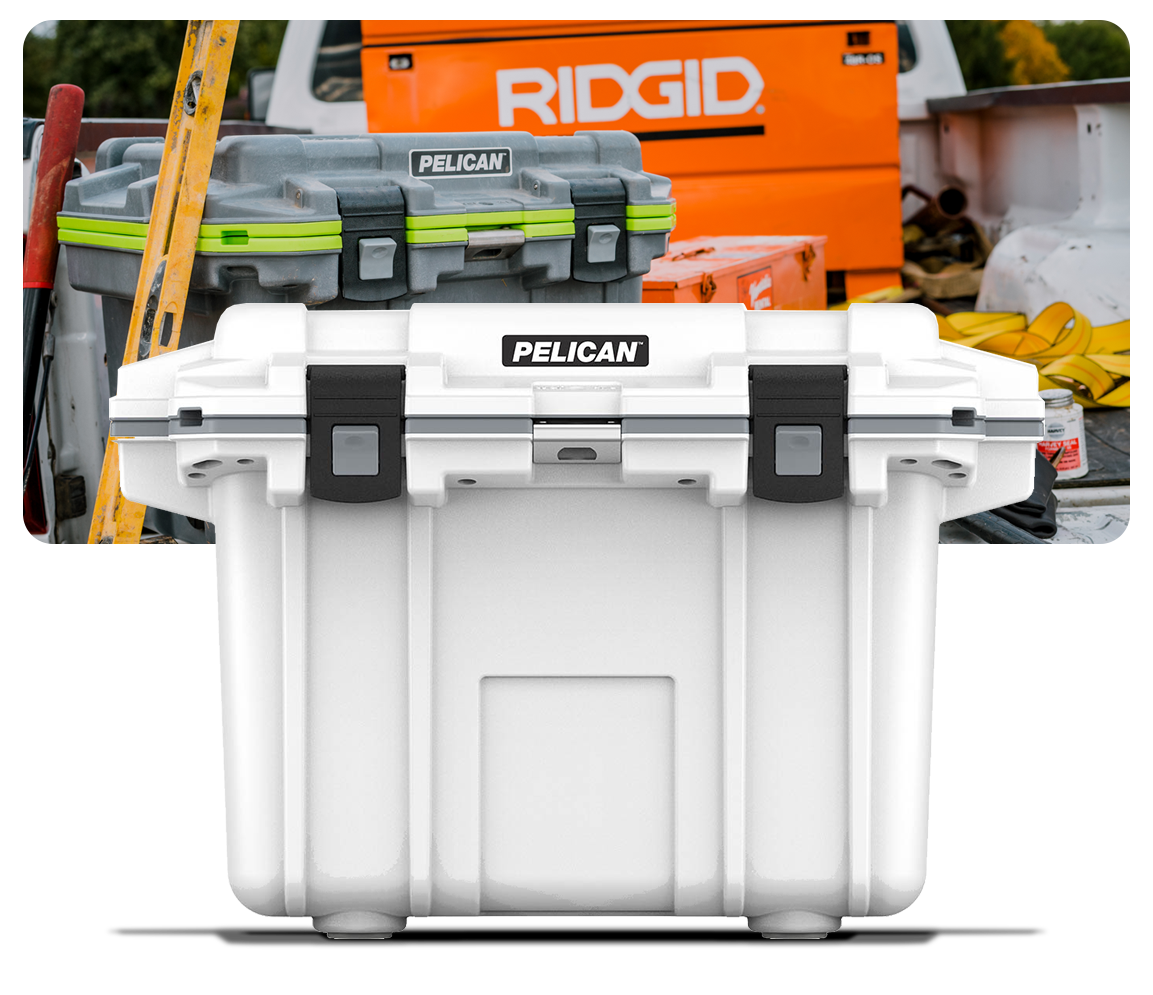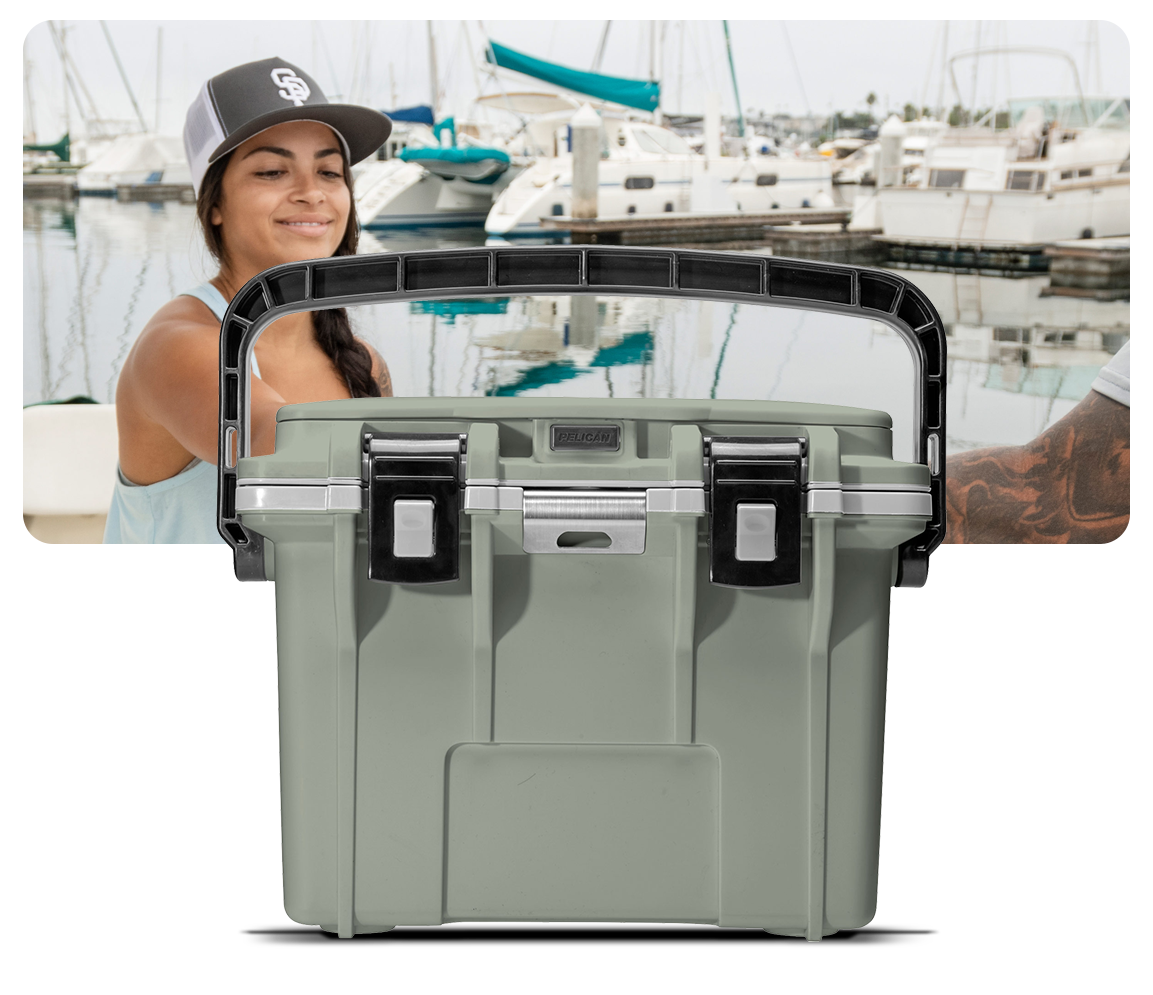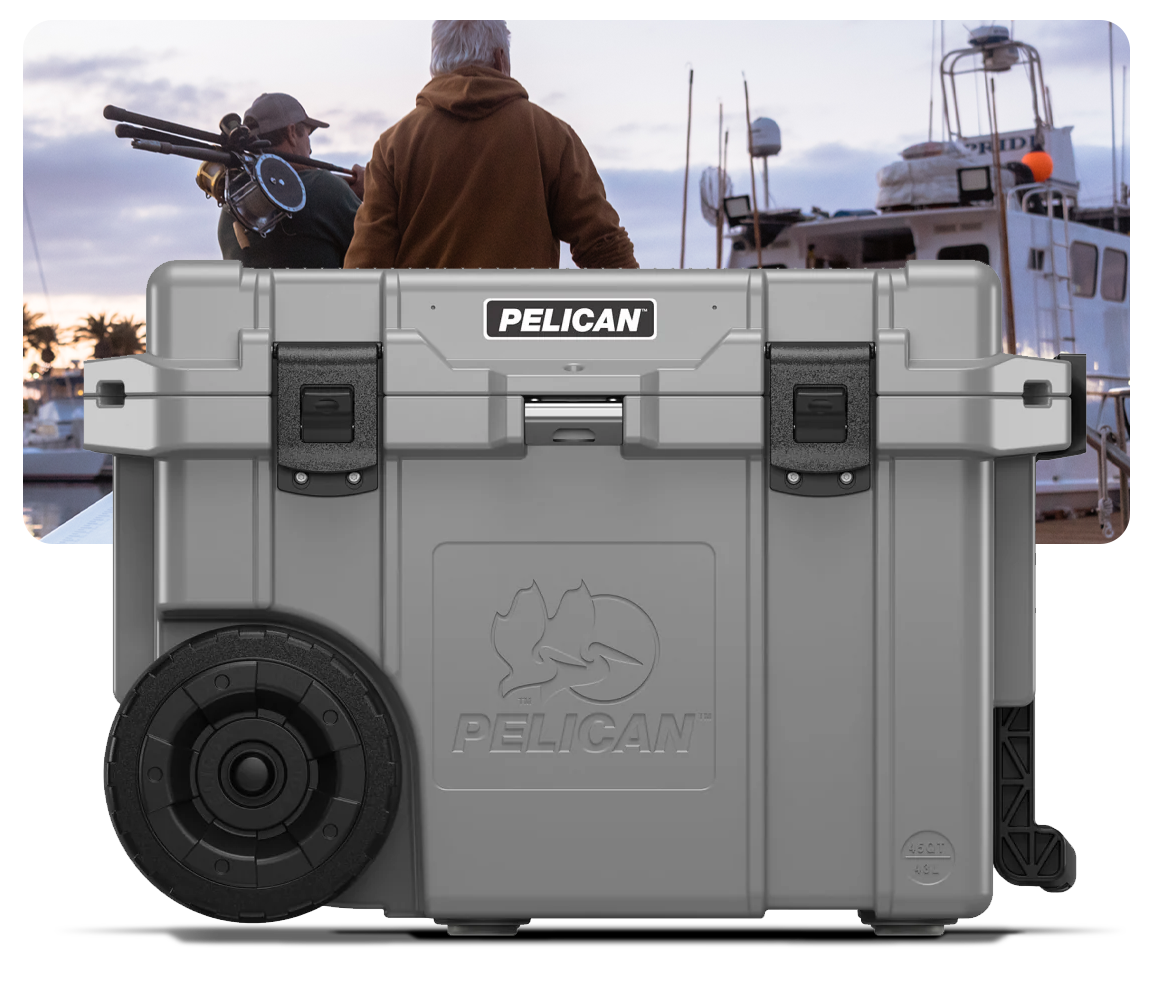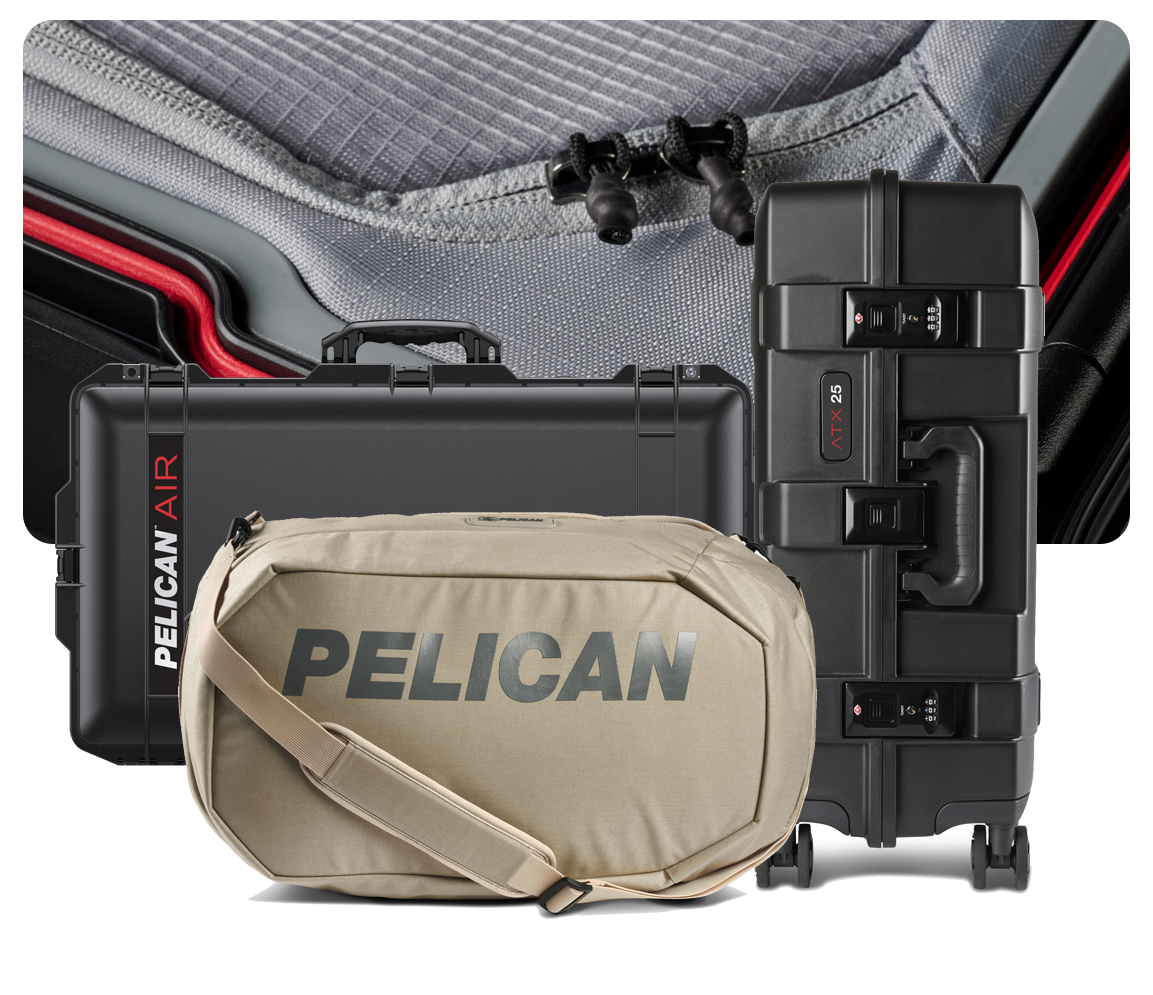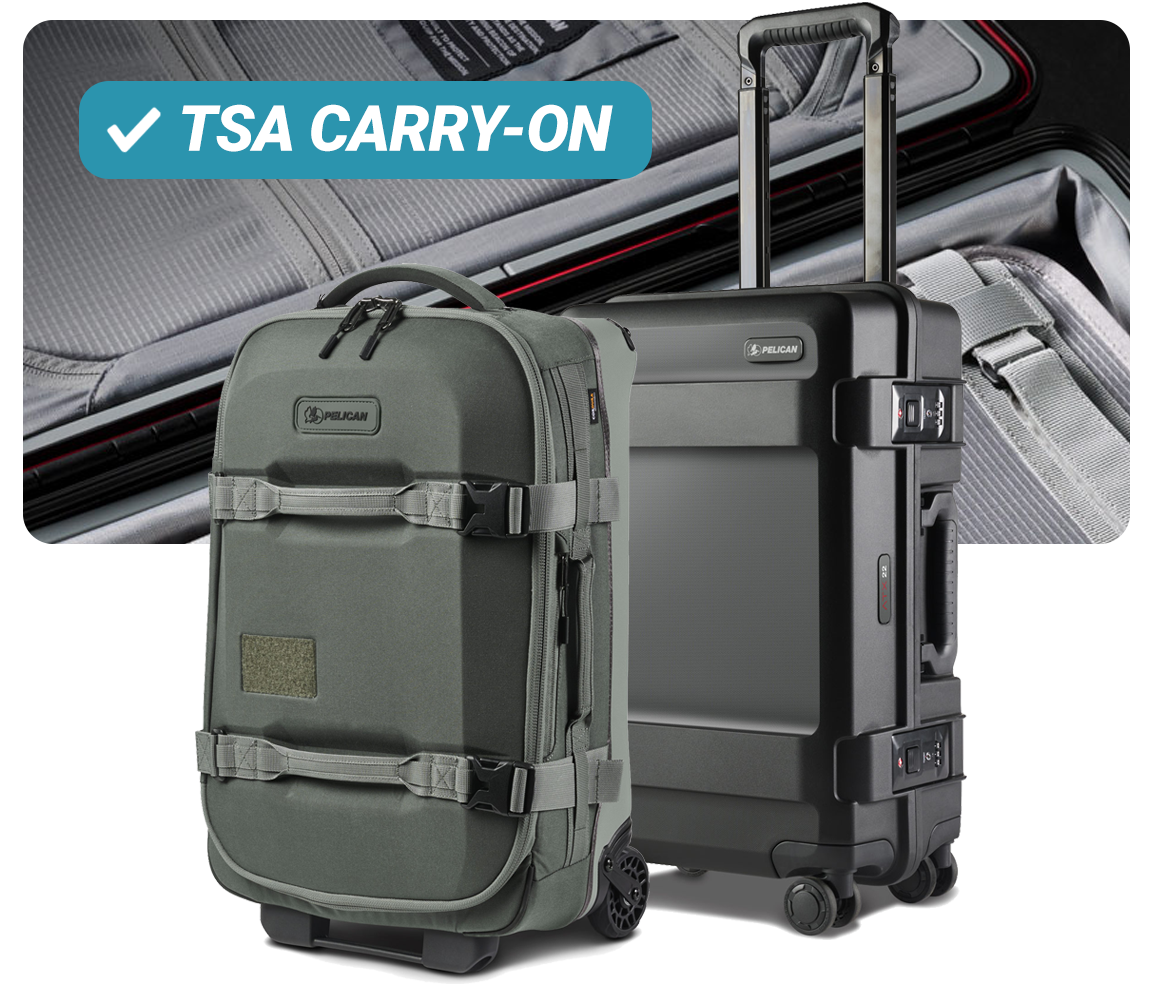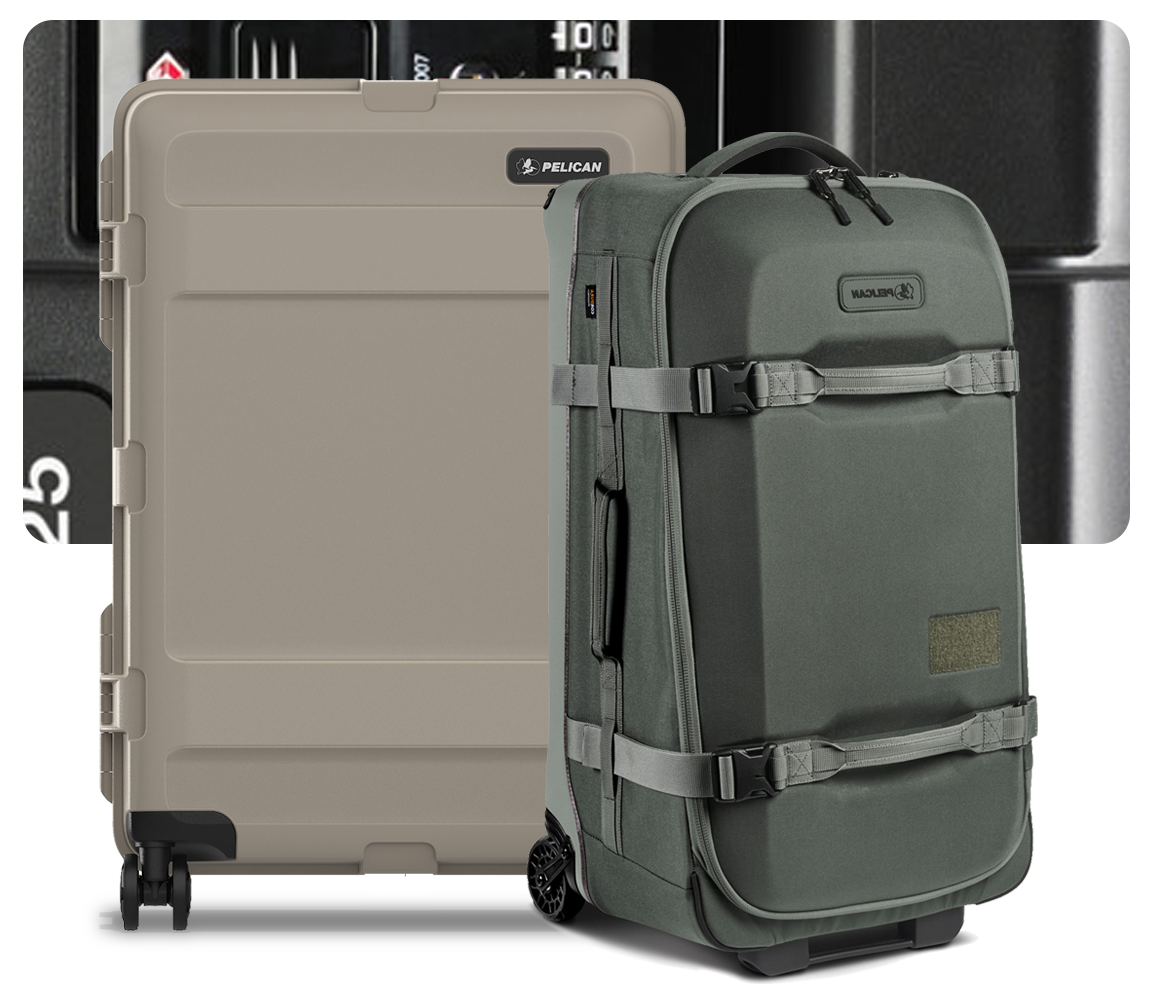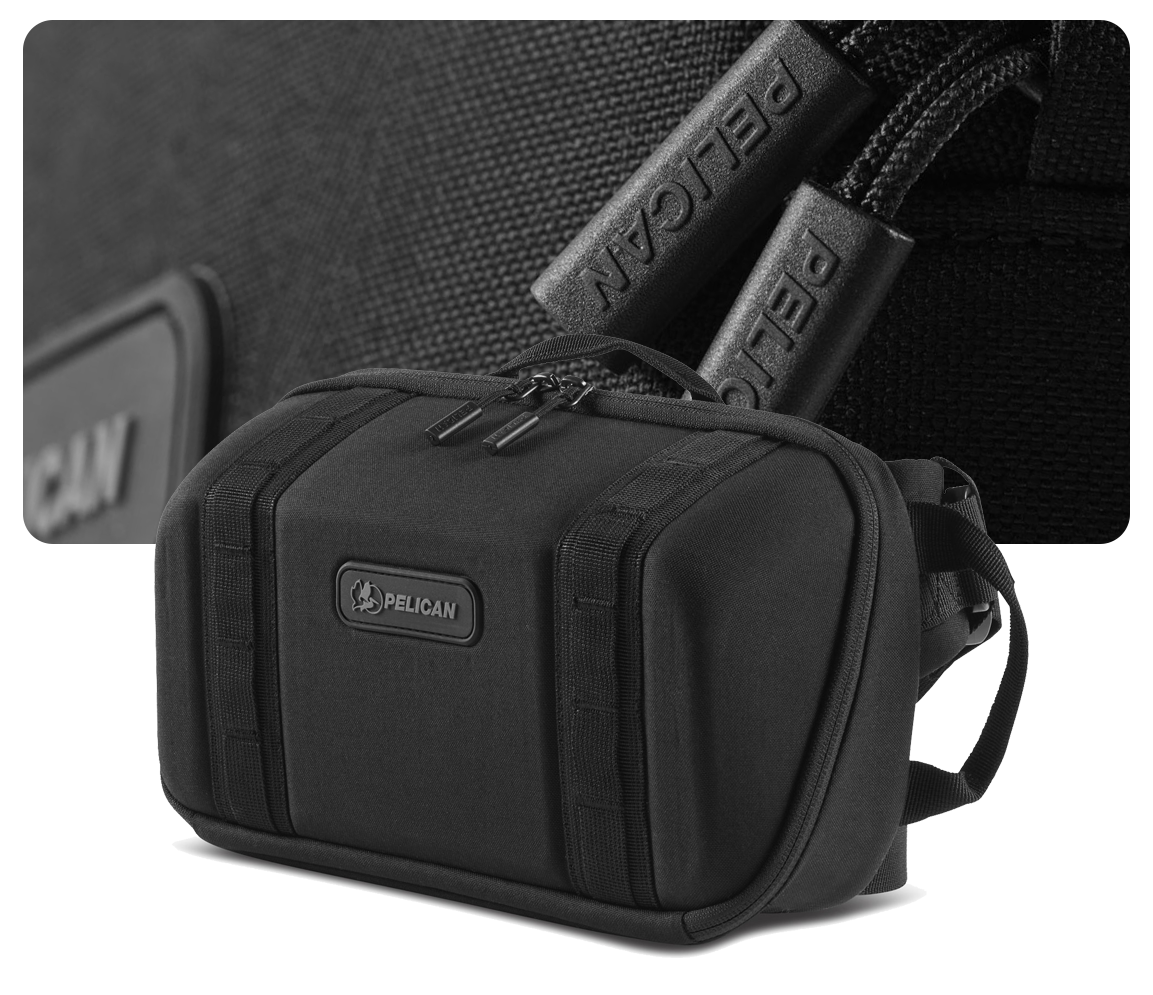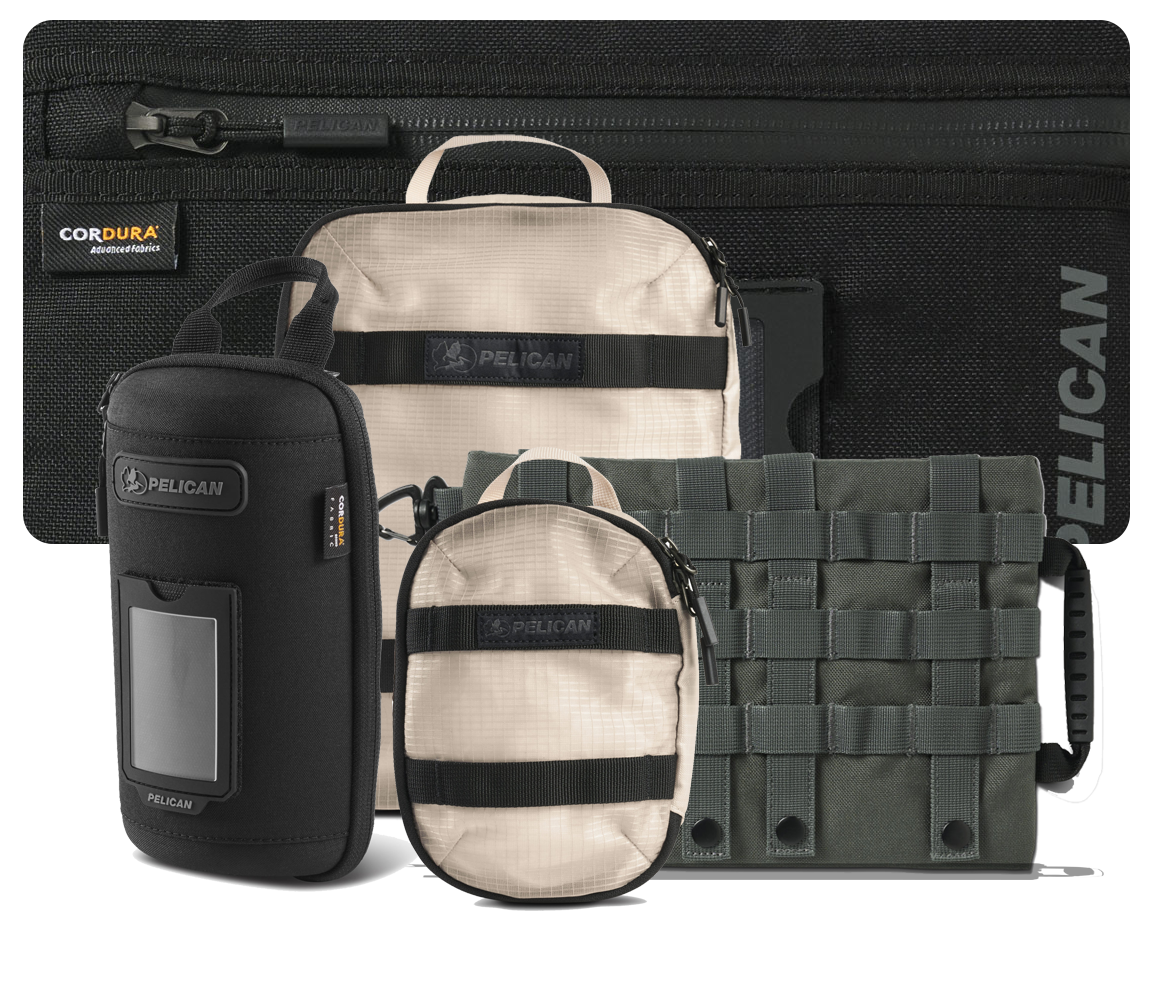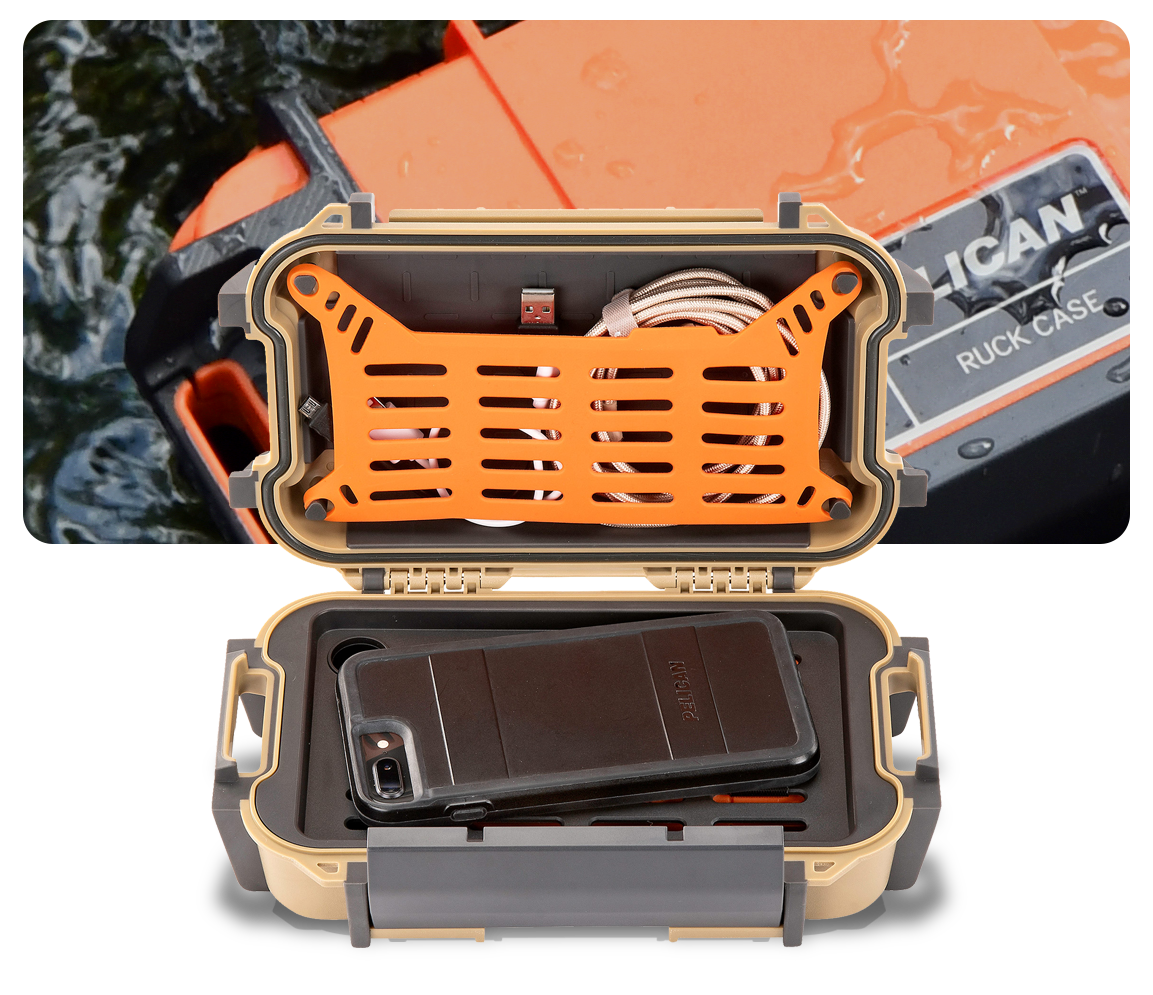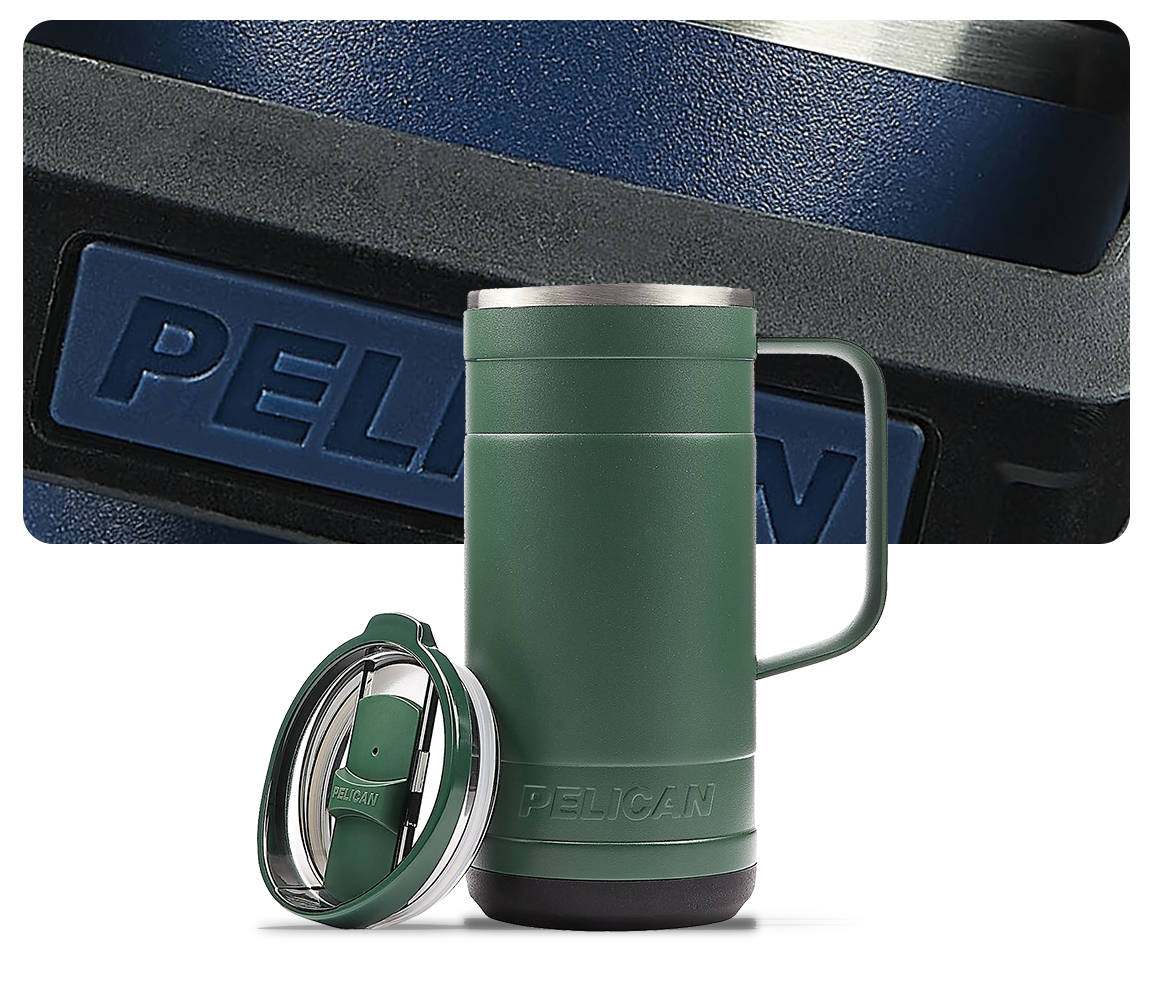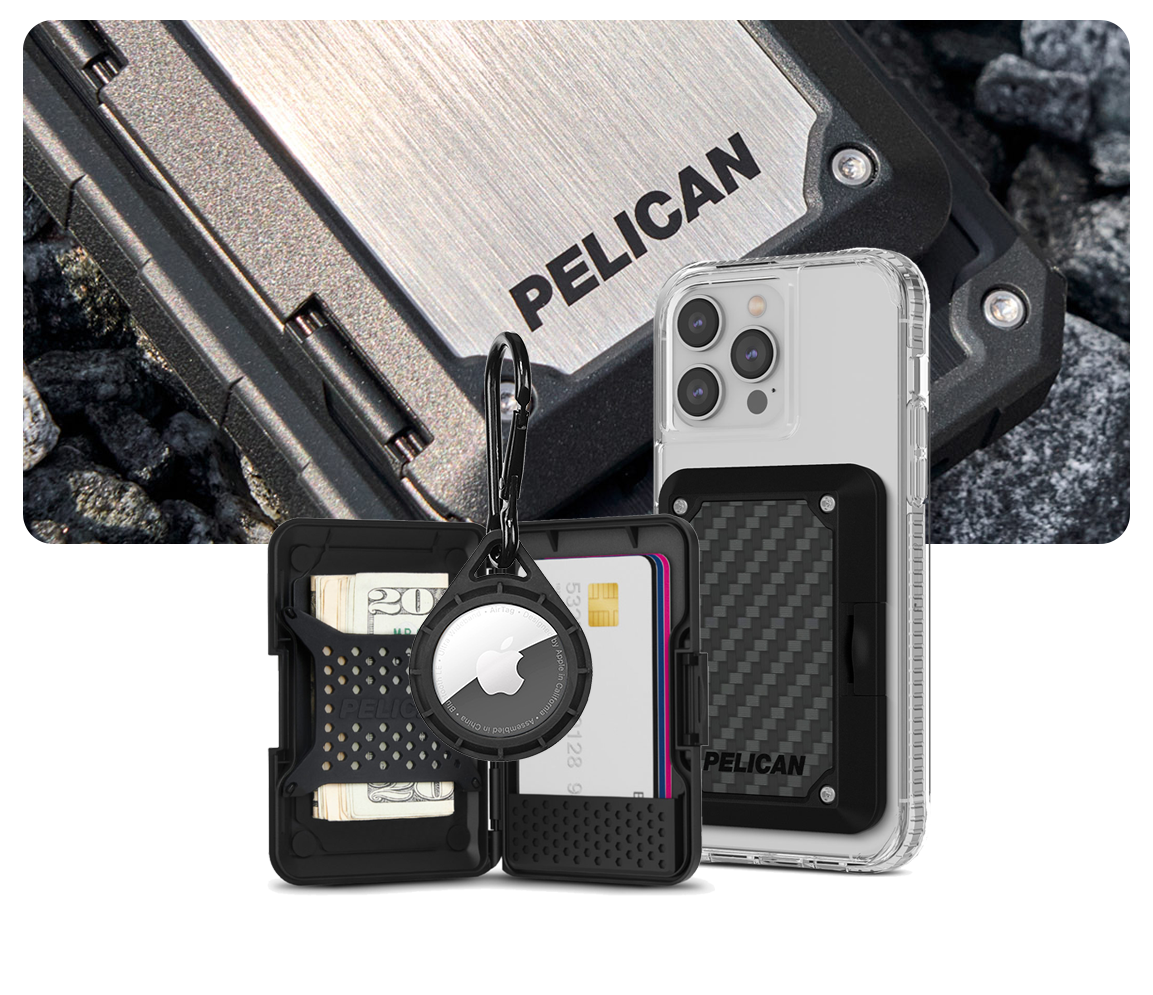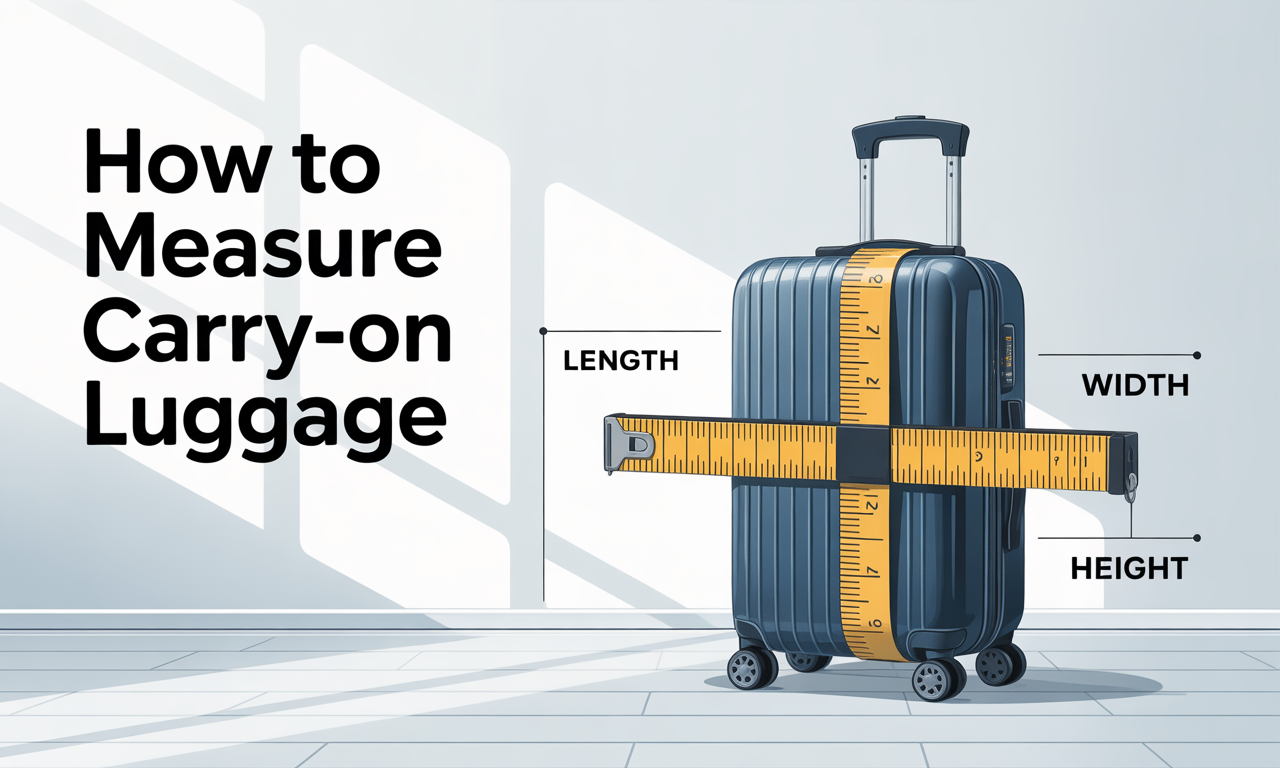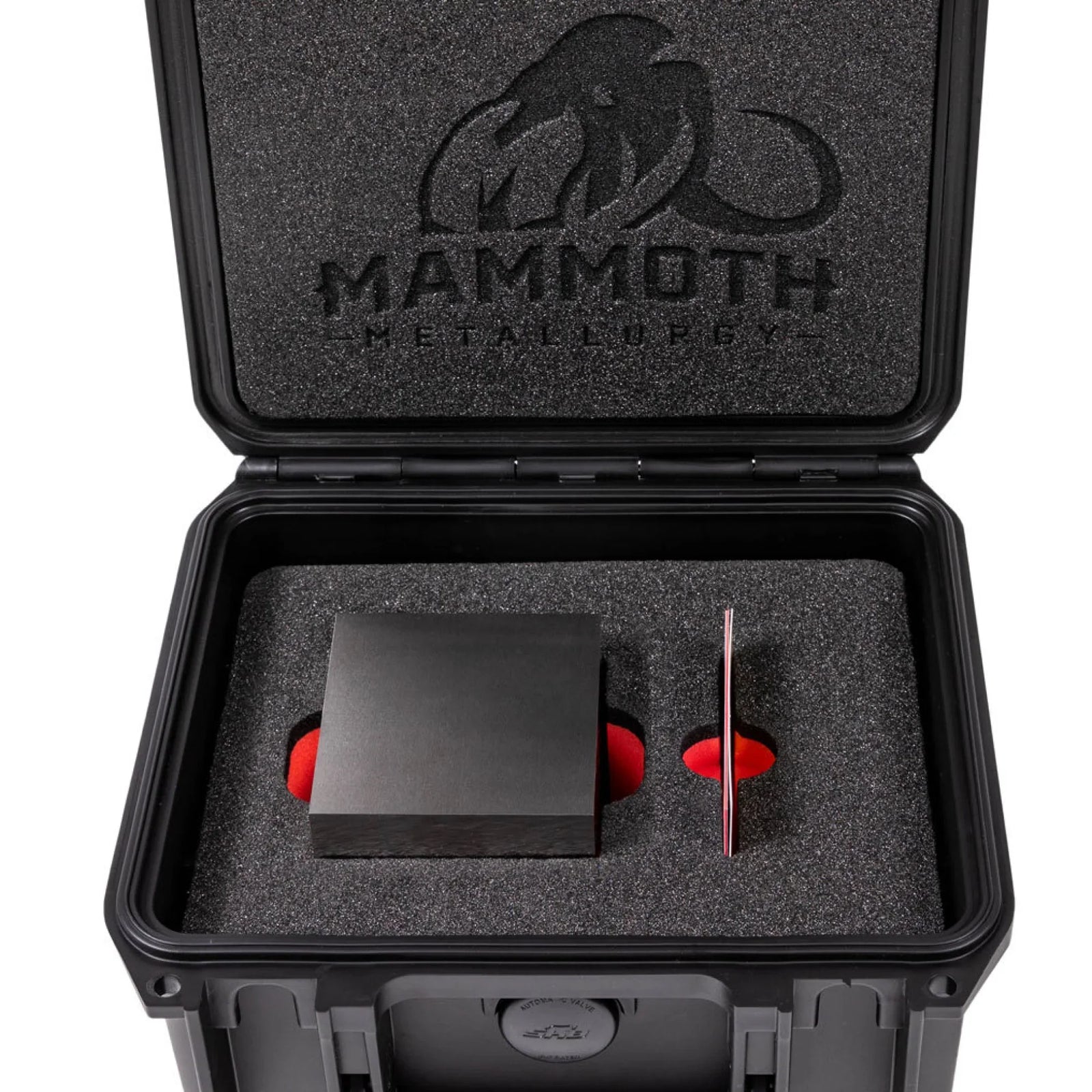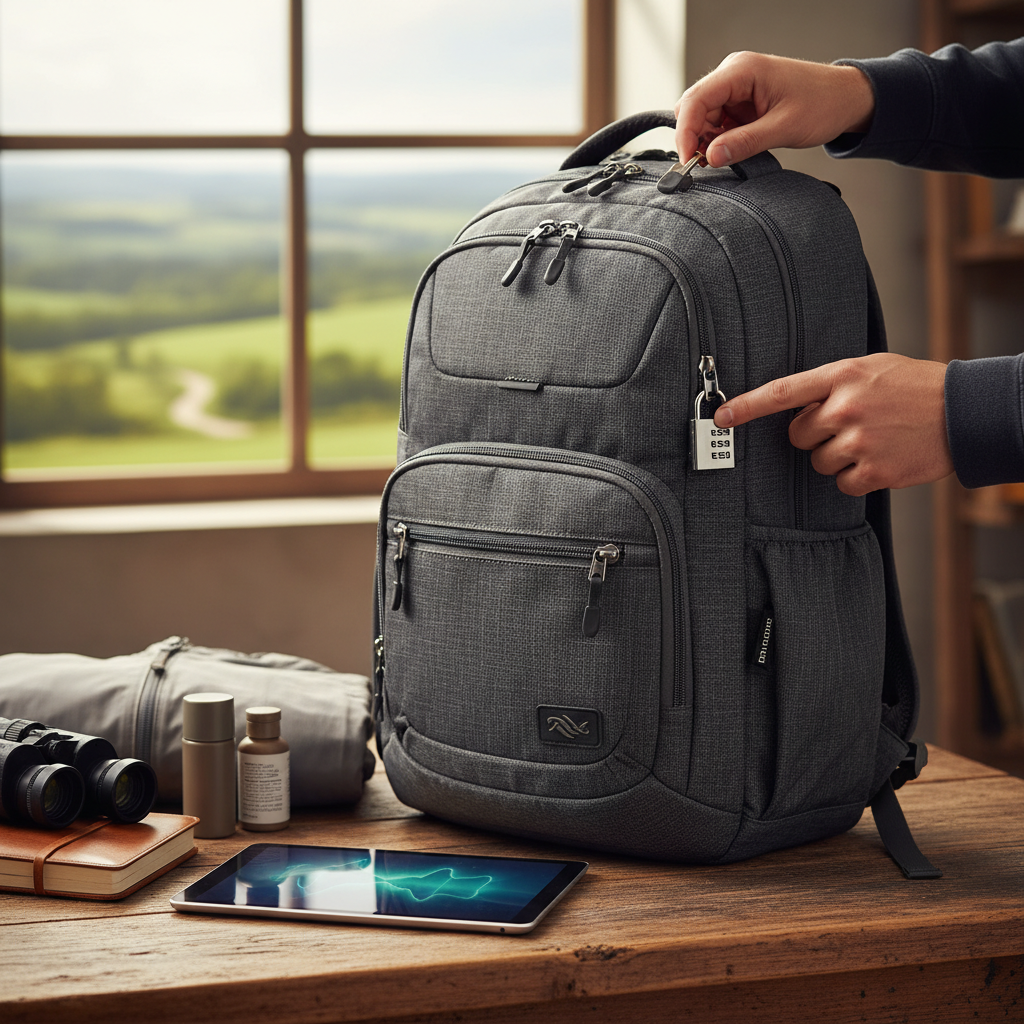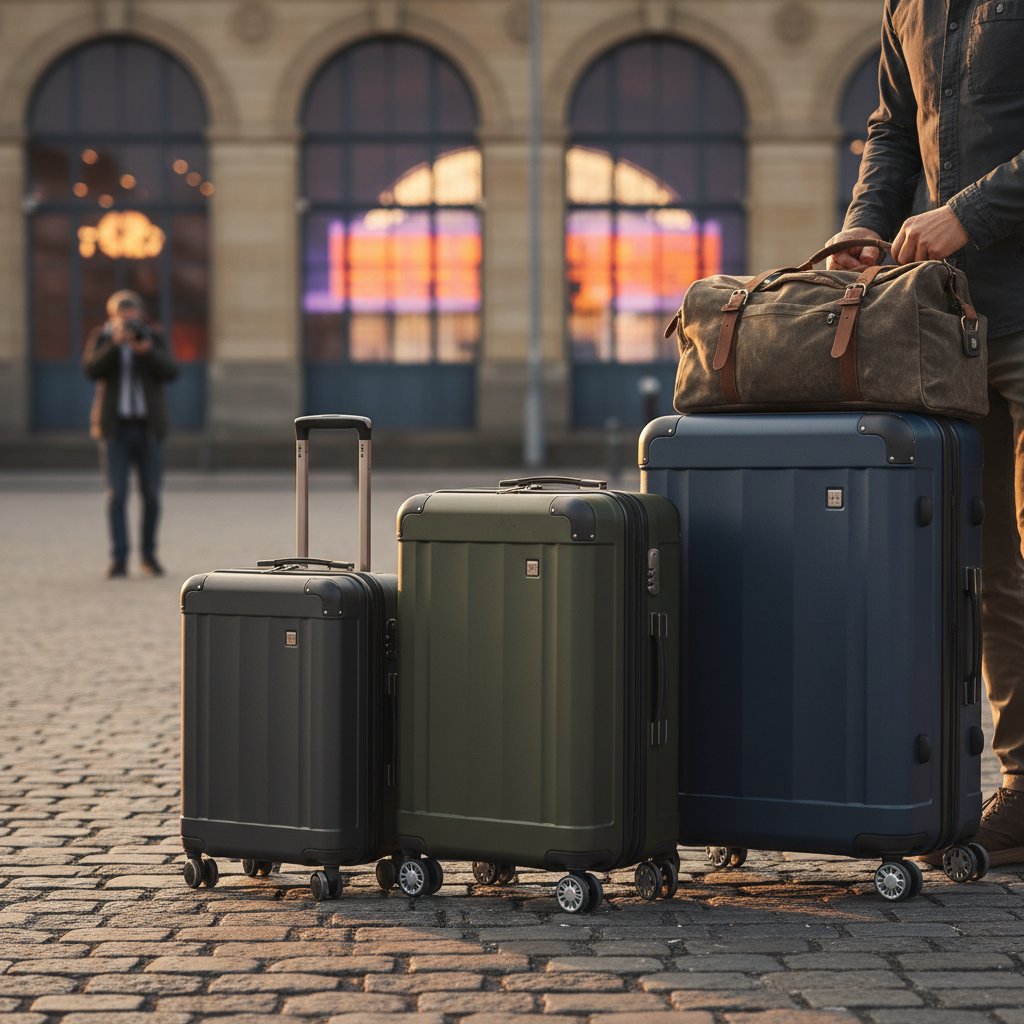Understanding measurements for carry-on baggage can be quite tiresome, and each airline has its own set of rules and regulations. A proper understanding of the measurements required to be within the airline's regulations will help you in buying new bags or even while packing for an upcoming flight.
Airline Carry-On Size Limits
Every airline has its own set of restrictions when it comes to measuring carry-on luggage. American, United, and Delta Airlines all allow bags of dimensions 22 x 14 x 9 inches (56 x 36 x 23 cm). Other budget international airlines tend to have much stricter grade lines and often allow for smaller bags sized 21 x 13 x 8 inches.
Always make sure to check the airline guidelines and restrictions before traveling with international budget flights.
Importance of Measurement
Airlines use strict enforcement policies to manage carry-on baggage in order to properly store bags in overhead compartments. Any bags that are deemed oversized might have to be checked and stored in the hold, which does not come without an additional fee.
Measuring your luggage beforehand ensures compliance with the set regulations, providing you with confidence, especially during high season. Avoiding surprise fees and delays is common when ensuring compliance with all check-in regulations, including avoiding the risk of damage to bags that need to be gate-checked.
Furthermore, accurate measurement guarantees alignment with widely accepted benchmarks, providing assurance that you will be satisfied after purchasing a new bag. It’s your responsibility to ensure that the real-world dimensions match, as many manufacturers provide misleading external dimensions that don’t take into account the handles and wheels.
Tools Required for Measurement
To ensure precision while measuring the dimensions of your carry-on, here are the tools required:
- A measuring tape or a ruler with markings
- A wall or any flat surface to align your luggage with
- Optional: a luggage scale for additional confirmation on weight restrictions
- Note-taking tools such as a smartphone or paper with a pen
Step-by-Step: Measuring Your Carry-On Luggage
To ensure that your carry-on luggage is the correct size, place the bag upright on a level surface and note how it would appear while rolling. Make sure the bag is packed to its maximum travel size. As the bag is fully packed, measure its height from the base to the tallest part, including the handle if it retracts into the bag.
Now, turn the bag sideways and measure the width, which goes from one edge to the other. At this point, make sure that any side handles, zippers, and other protruding parts are included. For depth, measure from the front to the back, while also considering any bulging compartments, external pockets, or zippers that tend to be bigger when the bag is fully filled.
Once you have all three dimensions, height, width, and depth, calculate the total. Even though a lot of airlines provide separate limits on each dimension, some may evaluate total carry-ons using linear measurements. Therefore, it is recommended to check all measurements against airline limits to ensure compliance.
Before you take off, make sure your bag will fit

Before heading to the gate, make sure your carry-on fits the airline’s size restrictions. Bag sizers are available at check-in or boarding locations for the majority of airlines, including Frontier (shown above). For these stations, your bag must fit completely inside the sizing box, including handles, wheels, and straps. If anything sticks out past the frame, you might have to pay more or have your bag checked.
Choose brands that regularly meet major airline standards if you want to travel with peace of mind. Two great options are Pelican's HY22 Hybrid Duffel and ATX22 Carry-On. Both are lightweight, rugged, and dimensionally compatible with the majority of airline carry-on restrictions, all of which were designed with frequent travelers in mind.
Double Check If Expandable
If there is an expansion zipper on the bag, check whether the bag still meets the carry-on criteria after expanding. When fully expanded, bags often qualify for carry-on size despite being packed.
Measuring Wheels and Handles
Do not forget to include both handles and wheels. They are considered a part of the bag’s exterior and add to its overall dimensions. Many travelers make this error when purchasing luggage that is advertised as carry-on compliant, only for the full exterior to be stored under the flight.
Hard-Shell vs. Soft-Sided Luggage
Soft luggage may compress and therefore pose a challenge during travel as they are easier to fit into overhead bins. Conversely, while a baggage item that squeezes into soft-sided luggage might get through for carry-on at checkout, it could still be denied at the boarding gate.
For hard-shell luggage, dimensions are fixed and should be measured precisely. Though soft-sided bags offer more flexibility when packed due to their expandable nature, the rigidity of hard-shell cases provides better protection at the expense of space management.

Luggage Measurement and Its Relation to Design
How a bag is designed can influence its measurement and whether it would meet airlines' standards. Wheeled bags, backpacks, and even duffels come with specific features that require unique attention.
For instance, backpacks with compression straps, flexible-sided duffels, and wheeled suitcases with curved tops require special measurement attention. Some duffels have a tendency to bulge when packed, so it is essential for them to be measured at their maximum load capacity.
Some wheeled bags possess telescoping handles, which add to height, thus requiring thorough measurement of all protrusions over the main bulk of the bag.
The utility of zippers expanding to allow extra capacity can be deceptive. With the added structural complexity, your bag could easily be pushed beyond set limits by airlines if not measured frequently. Remember to measure all bags with expansion, both unzipped and zipped closed.
An Evaluation of Weight
There are some allowances made when it comes to the size of the luggage. For instance, there are restrictions on the size of carry-on luggage set by some airlines, such as budget airlines. Many airlines set a limit to carry on weight ranging from 7-10 kg. Any form of luggage too heavy could be denied as carry-on, even if the dimensions meet the requirements. Purchase and international airlines tend to be stricter in this regard.
Charging points and portable book readers are all items that can easily be transferred to personal-sized bags or jacket pockets when weight is an issue.
What is the personal item size limit?
For an assorted bag like a purse or briefcase, a lot of airline companies gives additional allowance for personal items. The said item needs to be stored under the shelf in front of you and is generally 16 x 12 x 6 inches or smaller.
As mentioned earlier, handles, side pockets, and loaded expansion should be included. If you carry a laptop bag containing accessories, the cables and add-ons might make it bulkier than anticipated.
Due to having less scrutiny, underseat bags still need to fit the required space cleanly. You can test this by placing it under a chair in your home, or look for templates provided by the airline online.
Tips and Tricks Before the Flights
Make sure to double-check your measurements, as in some cases, product specs or manufacturer tags could be wrong. These bags offer much more flexibility, consider them.
In the case that your bag meets restrictions perfectly, you might be better off using a smaller bag in lieu of more generously sized luggage.
Put bulky items within your personal bags so that the carry-on remains light. While searching for a bag, make sure that it states “complies with carry-on specs,” and remember to validate that with personal measurements.
While preparing for flights, especially overseas, it is important to note that size restrictions on luggage differ from one airline to another for both departing and arriving flights. Taking photos of your measurements can help settle disputes, should any arise at the gate.
When in Doubt, Check a Bag
If your bag is close to the maximum size or weight limit, it may be best to check it in to avoid delays or repacking at the gate counter. Carry-on baggage is more likely to be checked at the gate on full flights and at smaller airports.
The gate agents have the final say about boarding and checked bags, and if your bag is borderline in weight or size, it might be considered too heavy or too large as a carry-on.
Also, remember that some basic economy tickets do not permit carry-ons apart from a personal item. Make sure to double-check the ticket class you purchased and what you are entitled to.
Frequent flyer tips for luggage compliance
Habitual travelers often observe certain practices that assist them stay within baggage limit regulations:
- To maximize available interior space, employ packing cubes.
- Opt for bags designed with recessed wheels and handles that are flush with the bag.
- Stay away from expandable bags stuffed to the brim.
- If overhead compartment templates are available at the airport, make the carry-ons fit.
- To mitigate bag weight, put on heavier garments (jackets, boots) during the flight.
- Compression straps and vacuum-seal bags minimize volume.

The Importance of Your Carry-On Luggage Measurement
Measuring carry-on luggage saves time and money. By considering all external aspects, confirming the size and weight dimensions, as well as adhering to airline rules, you can ensure a smooth pre-trip process. A little bit of planning goes a long way towards enhancing peace of mind during travel.
Preparation habits, such as ensuring that luggage is properly measured before heading to the airport, help avoid fees, allow for comfortable boarding, and provide an overall better experience within the airport. Integrate it with your checklist and you'll make every trip smarter.
With all the changes in policies, keeping track of all information related to the luggage alleviates almost all effortful guesswork that one might need to do.
FAQ’s
1. How to Measure Carry-On Luggage at Home?
Take measurements of your bag's height, width, and depth, including the handles and wheels. Then compare it to your airline’s carry-on size limits.
2. What Size Carry-On is Allowed on Most Airlines?
Budget airlines frequently demand smaller sizes like 21 x 13 x 8 inches, but the majority of major U.S. airlines permit 22 x 14 x 9 inches. Before you take off, make sure.
3. Does My Carry-On Need to Include Wheels and Handles in the Measurement?
Yes, wheels and handles should always be included. Airlines count the entire exterior dimensions when applying carry-on size rules.
4. Is a 40L Duffle Bag a Carry-On?
A 40L duffle bag usually fits the carry-on size restrictions, but make sure to check the bag's measurements and the policies of your airline.

